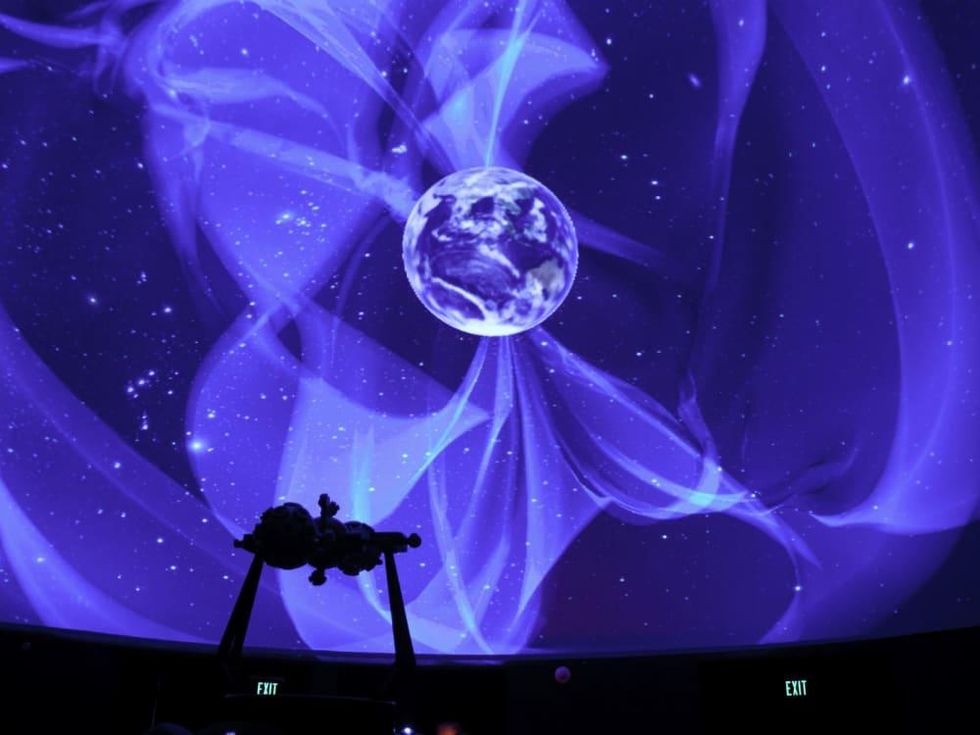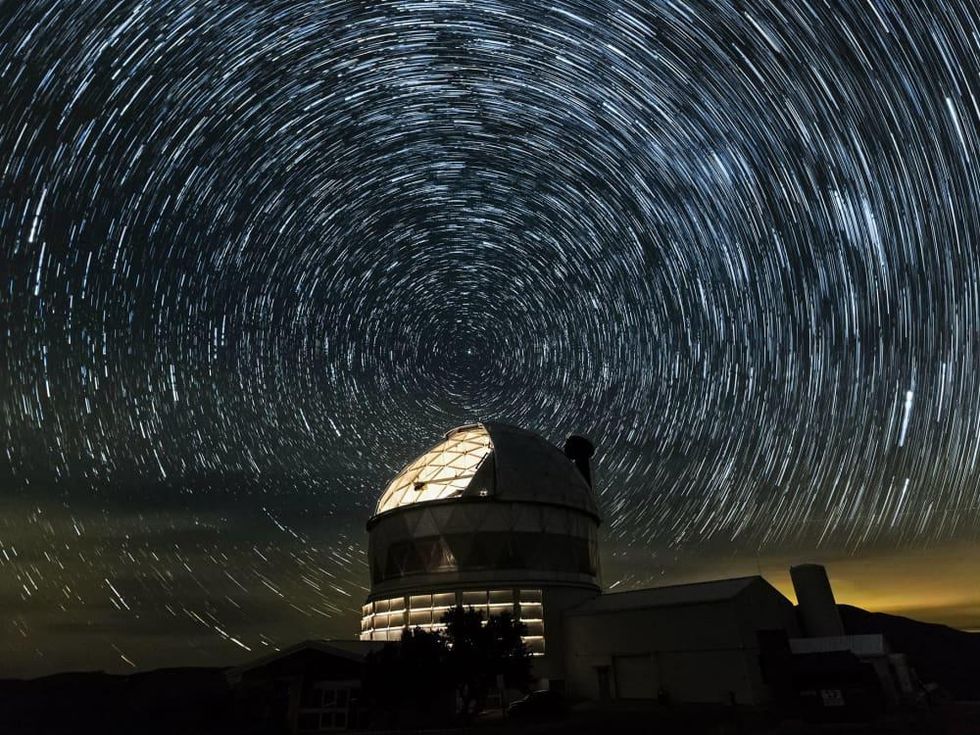The Stars At Night
Fort Worth planetarium shines bright among best places in U.S. to see the stars
North Texans have long traveled west to embrace the magic of standing under the night sky at McDonald Observatory, crawling through the dark night to take in one of the most beautiful celestial views on earth. While the rest of the world is uncovering this not-so-hidden West Texas gem, it turns out that Fort Worth folks don't have to journey that far for one of the best views of the night sky.
A recent research report from U.K.-based travel website Kuoni named the McDonald Observatory the second best place to stargaze in the United States. The only other Texas entry on the list? Fort Worth's Noble Planetarium, which ranks No. 26 out of 50.
To determine the country's top 50 places to see stars, Kuoni analyzed "60 official Dark Sky areas and over 117 locations nationwide which offer the public access to high powered telescopes." The site then sifted through hundreds of TripAdvisor reviews to find the winners.
Noble Planetarium rates a 4.5 out of 5 on TripAdvisor, with 61 percent "excellent" reviews.
The 80-seat planetarium, part of the Fort Worth Museum of Science and History, brings the wonders of the universe alive through an all-digital projection system that offers a dynamic view of the night sky, the museum's website explains. "The connected gallery offers a stunning view of the Milky Way, as well as the latest images of the planets of our solar system and an exhibit on meteorites," it notes.
In addition to shows inside the theater, the Noble Planetarium Gallery displays a NASA Manned Maneuvering Unit and up-to-the-minute information from the Hubble Telescope. A current exhibition called "Apollo Redux" is "an authentic Apollo-era piece of history where you will learn about people just like you who made it possible for astronauts to take that first small step onto the moon," the museum says.
The Fort Worth Planetarium snagged the No. 26 spot on the list between Frosty Drew Nature Center and Obcservatory in Charlestown, Rhode Island (No. 25) and Astronaut Memorial Planetarium & Observatory in Cocoa, Florida (No. 27).
As for the McDonald Observatory — which is located on Fort Davis, about 25 miles north of tourist destinations like Marfa and Alpine — it ranked No. 2 behind Oregon University Observatory in Sunriver, Oregon.
"The reviewers of Texas’ McDonald observatory are blown away by the incredible amount of celestial phenomena they see at the location," Kuoni notes in its release.
Every Tuesday, Friday, and Saturday, visitors head to the West Texas site for both Twilight and Star parties. During the Twilight parties, attendees sit in an amphitheater and are guided through the cosmos by an observatory staffer. Star events, which take place after dark, give visitors the opportunity to use high-powered telescopes in the McDonald's Rebecca Gale Telescope Park.
So, why stargazing? Kuoni says it's an activity that encapsulates much of what modern travelers look for in a vacation.
"With travelers having more desire than ever to learn about the natural world, and a general trend in travelers looking to try local one-of-a-kind experiences, stargazing is set to become a super popular activity," notes the release.
Joining the Oregon University Observatory and McDonald Observatory in the top five are National Radio Astronomy Observatory in Socorro, New Mexico; National Air & Space Museum in Washington, D.C.; and Kitt Peak National Observatory Nightly Observing Program in Tuscon, Arizona.



 Figure skater Mariah Bell. Getty Images
Figure skater Mariah Bell. Getty Images